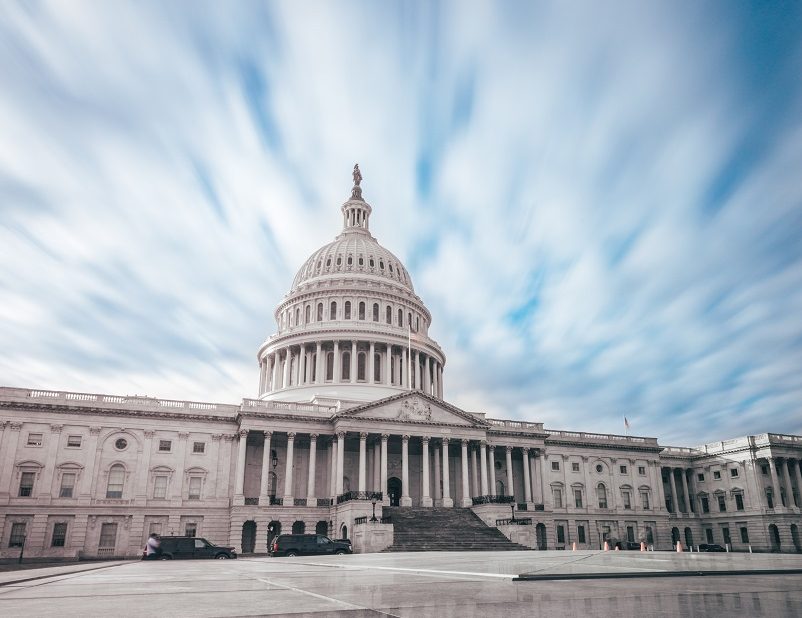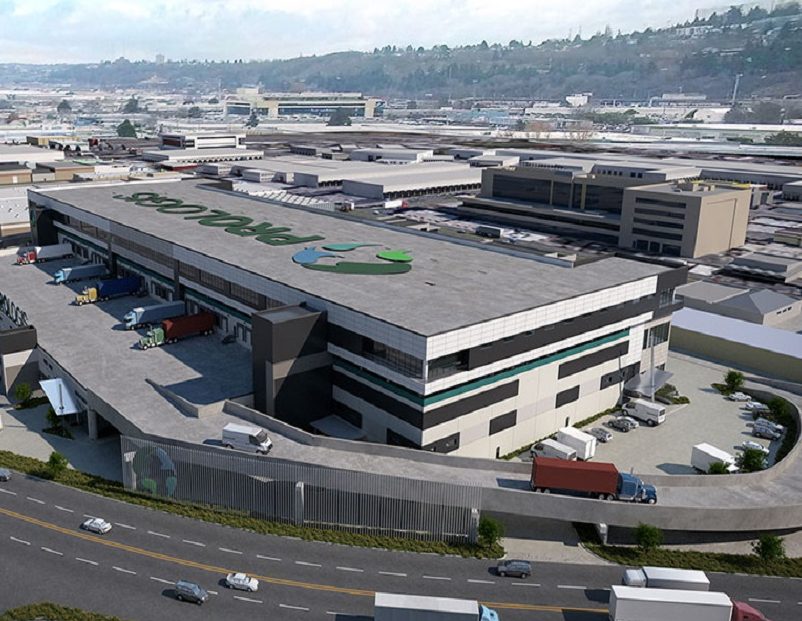How Big a Deal Is the Green New Deal?
The jury is still out on the proposal, but energy-smart practices are already widespread in commercial real estate.

Photo by Andy Feliciotti on Unsplash
The proposed Green New Deal calls for a makeover of the U.S. economy and a transition to carbon neutral energy in a decade. Though it is nonbinding and its ultimate fate in Congress is in question, the document is stirring a national policy debate. No small part of that conversation is about commercial real estate.
Introduced by Rep. Alexandria Ocasio-Cortez (D-N.Y.) and Sen. Ed Markey (D-Mass.), the nonbinding resolution calls for the upgrade of all existing buildings in the U.S. and building new buildings with maximum energy and water efficiency. According to the U.S. Green Building Council, commercial buildings account for 39 percent of carbon emissions in the U.S.
“There’s some degree of retrofitting going on but not to the degree that we need to keep global warming below two degrees,” said Liz Beardsley, senior policy counsel at USGBC.
In order to keep global warming in check to the degree cited in the report issued last November by the Intergovernmental Panel on Climate Change, the rate of energy efficient retrofits of existing commercial real estate buildings would have to nearly double in developed countries like the U.S. to roughly 5 percent a year, she noted.

Liz Beardsley, U.S. Green Building Council
USGBC has certified more than 45,500 commercial buildings globally with an estimated 65,000 plus engaged in the process but not yet certified. In context, the bipartisan nonprofit group Architecture 2030 projects the global building stock to double by 2060, adding 2.48 trillion square feet of new floor area. That’s the equivalent of adding New York City every month for 40 years.
Broad Brush
Angela Aeschliman, chair of the The Institute of Real Estate Management’s sustainability advisory board, summed up her initial take on the Green New Deal this way: “It paints with too broad a brush.”
Retrofits and efficient building equipment certainly help, but resource efficiency largely depends on how buildings are managed and operated, observed Aeschliman, senior vice president of asset management and property management at The Missner Group. Many in the industry recognize that sustainability can be highly profitable and establish businesses as responsible community members. “IREM plans to keep spreading that message, which we believe is the best approach,” Aeschliman concluded.
Some leading industry associations declined to comment on the Green New Deal, explaining that they had not assessed it. Yet notwithstanding the future of the proposal, the responses indicate a consensus about the value of energy efficiency and the need to address climate change, there seems to be little disagreement in the industry about the benefit of energy efficiency or, for many, about the need to address climate change in a concrete way.
For instance, the National Association of Real Estate Investment Trusts states that the majority of REITs now report their sustainability efforts publicly. In addition, 40 percent of its members employ environmental, social and governance staff whose job it is to find ways to make portfolios more sustainable and to address social and governmental issues.
NAREIT highlights and shares industry best practices across sectors through its annual Leader in Light Awards, which recognize member companies that have demonstrated superior and sustained sustainability practices. Past winners include Digital Realty for innovative power purchase agreements that allow it to source renewable energy offsite. Digital, which operates 200 data centers globally, is already 30 percent renewably powered with a goal to become 100 percent renewable energy across its portfolio.

Scheduled for completion in September 2018, Prologis’ Georgetown Crossings in South Seattle, Wash., represents the first multilevel distribution facility in the U.S. (Prologis/CRAFT Architects)
Another Leader in Light winner, Prologis, is on track to meet its 2020 goal of generating 200 megawatts of rooftop solar energy. Among its other innovations is Georgetown Crossroads in Seattle, the first multi-story warehouse in the U.S., a three-level, 590,000 square-foot facility located minutes from downtown, a prime location that allows for efficiency and same-day delivery.
Financing and Challenges
There are several vehicles to assist owners of existing buildings with implementing retrofits, but Beardsley says much of the financing is done through three main funding mechanisms, which include performance contracting through which energy performance contractors like Siemens are paid via energy savings. Beardsley points out that performance contracting has been successful with federal and state governments with projects like the Department of Treasury headquarters in D.C., which cut energy savings by $3.5 million per year.
Another funding mechanism, commercial property assessed clean energy financing, allows business property owners to secure financing from local governments to cover the upfront costs of energy improvements that are then repaid over time through an assessment on property tax. The upside to this mechanism, Beardsley notes, is that it stays with the building and does not preclude an owner from selling a property.
In addition to performance contracting and C-PACE, there are also utility programs for new construction, she says, as well as whole building modeling. Among the biggest issue on the existing building side, according to Beardsley, is the ability to see the big picture in terms of costs and benefits and the fact that many of the programs are piecemeal or employ individual technology, rather than taking a more holistic approach.
Adapting to Thrive
Kyle Goehring, Los Angeles-based EVP and leader of JLL’s Clean Energy solutions group, notes that clients are already participating in renewables, energy efficiency and carbon reduction solutions because it’s not only the right thing to do but because it makes financial sense. Sustainable practices allow companies to operate in a competitive environment attracting and retaining talent, particularly Millennials.
“When you look at the new generation entering the workforce, they want to work for companies that align with their core beliefs,” Goehring says. “I think you see that with (Alexandria Ocasio-Cortez) and the Green New Deal. That’s a big movement that she is putting out there that people are gravitating towards. And that is generationally based.”
Goehring’s job is to help JLL clients define and implement renewable energy strategies. “I would say a lot of these are being done exclusive of legislative policies,” he says. “They are done because they want to do the right thing and increasingly, the right thing has financial benefits.” Goehring believes the industry will continue to adopt technology that has a lower carbon footprint associated it and that assets that have adopted such technologies will more highly valued.
As for legislation, Goehring cautions that real estate strategies will become defined by a company’s ability to make a return on investment and this, in turn, will impact tax bases and other performances in certain markets. Some goals for carbon neutrality that have been set by cities and states are unlikely to be rolled back, and some buildings will be left behind as a result, he predicts.
Whether or not there is a Green New Deal, Goehring says in the future, “You’re going to see a very different commercial real estate landscape than you see today.”







You must be logged in to post a comment.